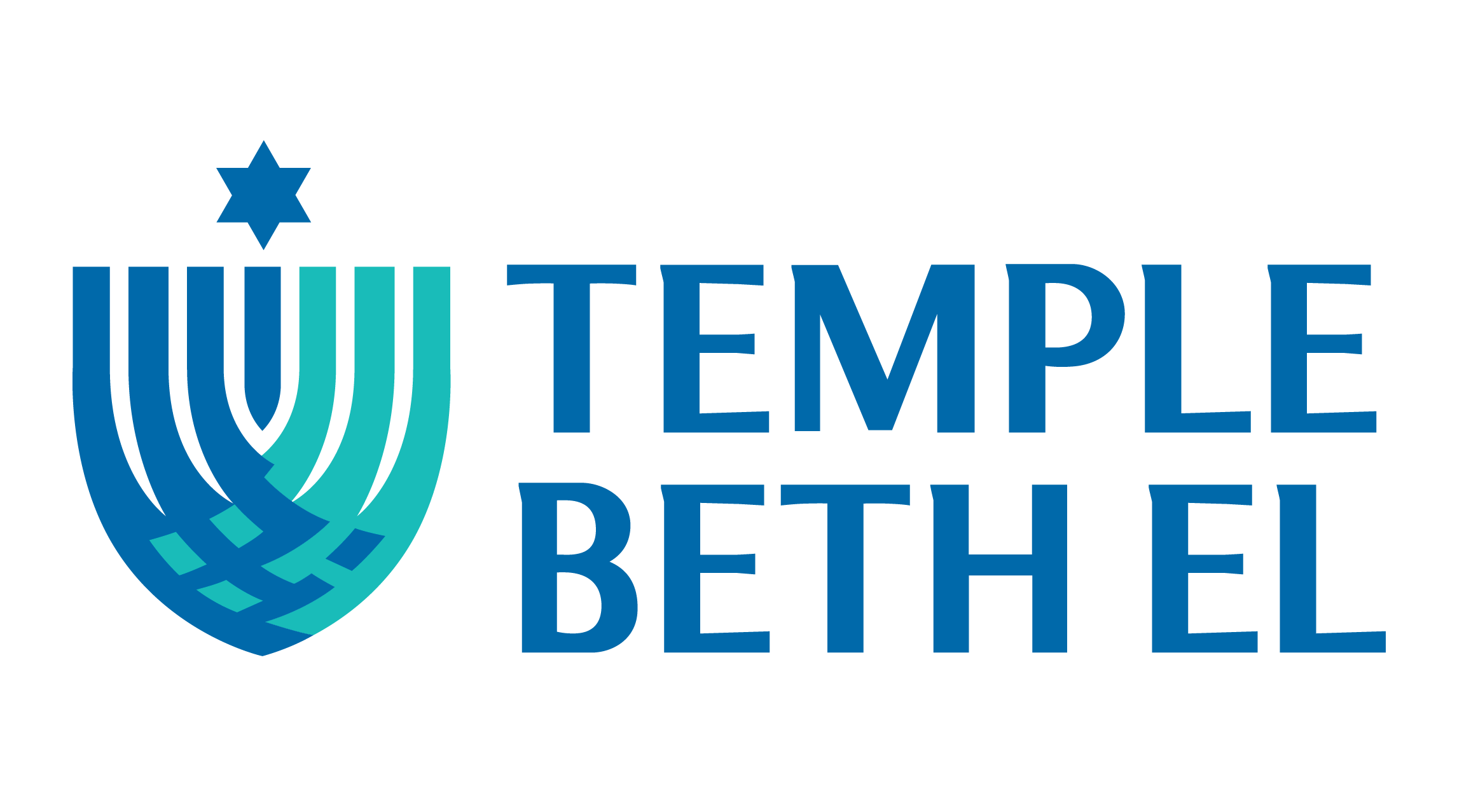A few years ago, after a screening of the film “13th,” which explores the intersection of race, justice, and mass incarceration in the United States, I sat processing the film with a group of clergy. We named how tired we all were, how devastating it felt to do this work and without tangible signs that we were getting anywhere. Racism and race-based injustice ran rampant as ever, and the Black and Brown members of the group expressed their very real and ongoing fears for their own lives and the lives of family members and loved ones.
In the midst of that conversation, Rev. Malu Fairley-Collins shared an insight that I will forever hold onto. Unlike her, a Black person, white people “get to drop all of this at the door anytime you choose.” Those of us who live in white bodies and thus are not viscerally confronted with the daily reminders of racism’s insidiousness have to choose to engage in racial justice work, over and over again. In other words, my whiteness gives me the freedom, at any moment, to decide I don’t want to do the work anymore.
It is hard to fight what feels like an uphill battle, especially for those of us (read: white people) who have the privilege of pretending that the battle isn’t ours to fight. Spoiler alert: the battle most assuredly is indeed ours to fight. Rev. Fairley-Collins was right – I often want to run away from the often long, hard, slow, painful pursuit of racial equity and justice. If I am honest, there have been times I have chosen not to. I imagine that is also true for us all. Yet, there are people for whom this “hard” is not a choice. For Black and Brown people, it is a perpetual, lived experience.
Each year, Martin Luther King Jr. Day reminds us to engage, reminds us that the work is not finished, that as the poet Michael Walzer writes in words we find in our prayer book, “Wherever we are, it is eternally Egypt; that there is a better place, a Promised Land.” I was studying these words with a co-worker recently and she mentioned that while the message of the text can seem depressing, it is also incredibly hopeful: wherever we are, it’s not the end. There is a future, and it is better.
At this year’s Community Building Initiative Stakeholder’s Breakfast in December, Clint Smith, author of “How the Word is Passed: A Reckoning with the History of Slavery Across America”, spoke about monuments and the way they celebrate and lift up individuals, and noted: “Social change happens because of large groups of people working together.” It’s not that he doesn’t admire the work of individuals, he clarified, he is just more excited by the idea of monuments – literal statues – that celebrate and honor multiple people, that recognize the “communal nature of change.”
Of course we honor Martin Luther King Jr. on the day named after him, but at Temple Beth El, we also choose to honor the communal nature of change that he represents. And in the spirit of his legacy, we remain committed – as a temple community, a “large group of people working together,” if you will – to the pursuit of racial justice. This year, we are honored to welcome Reverend Mia McClain of Myers Park Baptist Church to the bima for Justice Shabbat, to offer her perspective on Egypt and exodus, and to share some of the work she and Myers Park Baptist Church are doing in their pursuit of racial justice.
Additionally, as Temple Beth El’s issue teams conclude their research around what actionable change we might pursue in the areas our congregation lifted up as most centrally important right now (health, education, and income inequality), we will call on the Jewish community to join us in engaging in taking action. Because the pursuit of justice will indeed require every single one of us. After all, as Walzer’s words in our prayerbook conclude, “there is no way from here to there, except by joining hands, marching together.”



